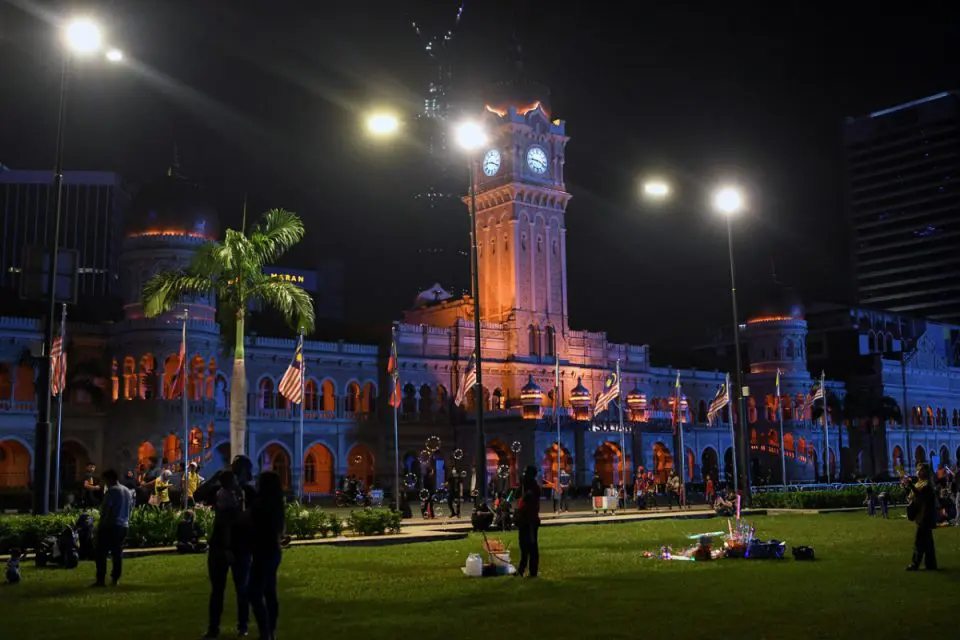KUALA LUMPUR, June 26 — Hundred days since the movement control order (MCO) took effect on March 18 have seen the country’s success in flattening the curve of Covid-19 infection thus reducing the transmission of the virus in the community.
Health director-general Datuk Dr Noor Hisham Abdullah said to ensure that the country fully recovered and successfully undergoes the recovery MCO (RMCO) phase with the new normal of life, the community would have to play a bigger role by adhering to all of the advice and standard operating procedures (SOP).
“The number of active cases has now dropped to just 208 and death rates have dropped to 1.4 per cent of the total number of cases. This indicates that Malaysia is in the phase of recovery.
“The success of flattening the Covid-19 graph and also reducing the spread of cases in the community is the result of action taken by all parties, including the community and the people,” he said in a statement yesterday.
Dr Noor Hisham said the government’s drastic actions at that time which restricting the movement of people and shut down international entrances have given MOH the opportunity to increase the capacity of public health, laboratories, health clinics and hospitals, thus flattening the Covid-19 curve.
At the same time, the MOH was aggressively working in the field to continuously detect, test, isolate and treat Covid-19 cases in hospitals.
Looking back at the early implementation of the MCO, Dr Noor Hisham said at that time the number of positive cases had reached 790 with the first two deaths recorded on March 17.
“On March 18, the total daily testing capacity for the real-time reverse transcription-polymerase chain reaction (RTPCR) test was just 6,210 tests with the total number of hospital beds and suitable facilities at 4,433 units, 273 beds in the Intensive Care Unit (ICU) and 626 respiratory aid machines specifically for Covid-19 patients.
“The highest number of active cases during the MCO phases was on April 5 with 2,596 active cases, while the number of deaths was 1.67 per cent of the total number of cases,” he said.
He added that during this period, the daily testing capacity for RTPCR increased fourfold to 27,233 tests with total beds in hospitals, ICUs and respirators were 8,794 units, 438 units and 1,097 machines respectively.
The Health DG said the total number of active cases was 2,596 and the death rate was 1.62 per cent of the total number of cases.
“Today (yesterday) is the 100th day since the MCO came into force, the country has the ability to conduct 36,812 RTPCR laboratory tests which are six times higher before the MCO and has 6,397 beds for Covid-19.
“Although there are 442 ICU beds dedicated to Covid-19 patients, they have now begun to be used for other cases of patients. Likewise with ventilator machines as there are only 2 cases of Covid-19 using ventilators,” he said.
— Bernama





